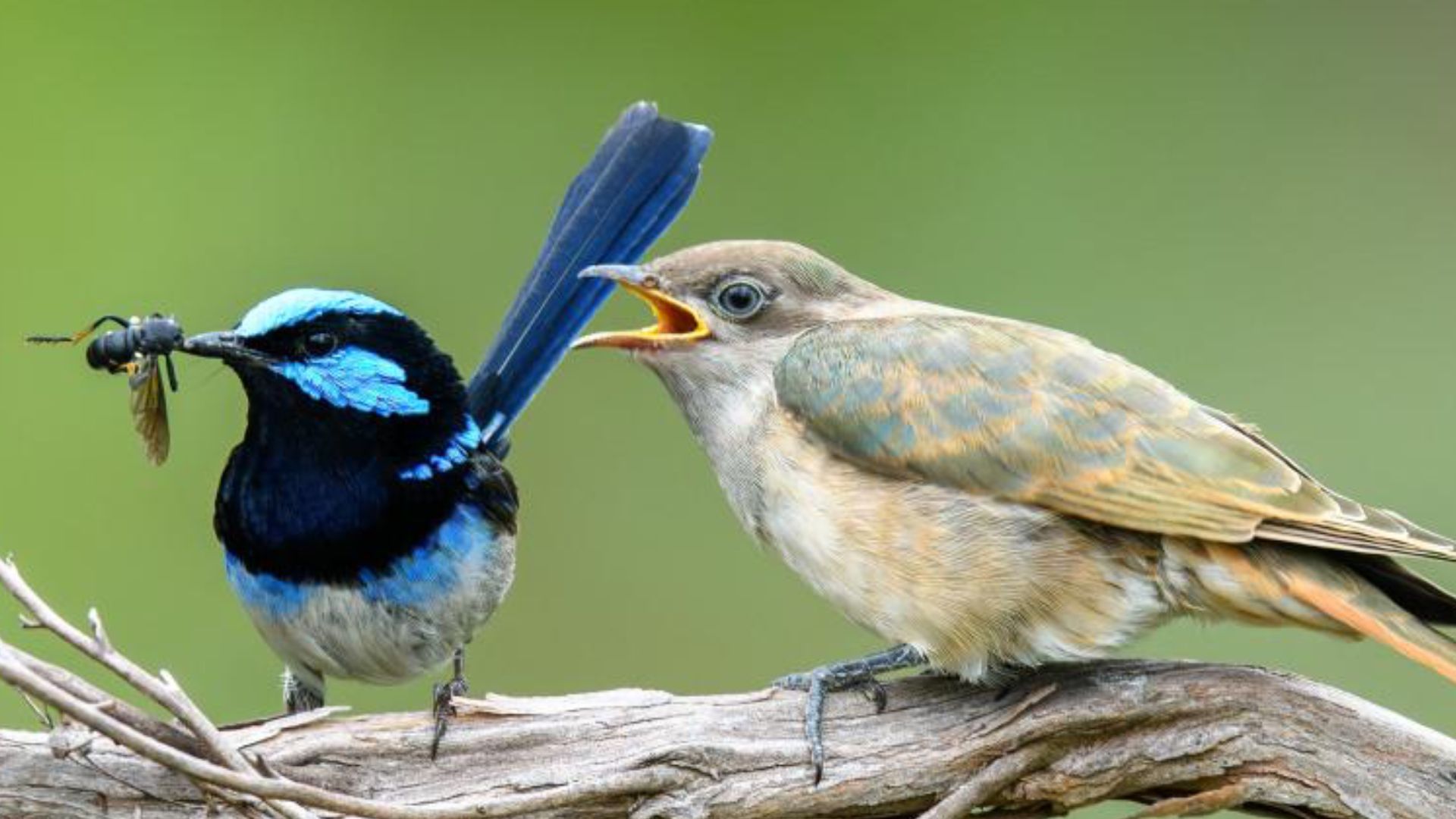Scientists have been researching for over two decades and finally, they have reached a point where they can explain how battles between species could also lead to the rise of new species.
Cuckoos are mostly known for their tricking nature – a ploy they use to mostly put rival birds in false positions. They devise clever ways of wooing the rival birds into taking care of their young ones.
The bronze cuckoos lay their eggs in the nests of the small songbirds. It pushes the host’s eggs out of the nest right after the cuckoo chick hatches.
The host not only loses all its own eggs but also spends several weeks rearing the cuckoo, taking up valuable time that could have been spent breeding its own offspring. Each species of bronze cuckoo closely resembles the appearance of their host’s chicks, tricking the host parents into accepting the cuckoo.
Revisiting the theory of coevolution
All species are meant to coexist and evolve together as well. And, so does the theory of coevolution which states that species are closely interacting with one another, it is likely to drive evolutionary changes in each other.
This process can cause speciation, which refers to the evolution of new species. However, till this date, there has been no evidence which could second this.
But, now there has been a team of researchers who have gathered evidence regarding the fact that coevolution has links with speciation. They did so by studying the evolutionary habits between the cuckoos and their host birds.
The study demonstrates how these interactions can lead to the emergence of new species when a cuckoo species exploits multiple hosts.
If the chicks of each host species have distinct appearances and the hosts reject nestlings that look different, the cuckoo species diverges into separate genetic lineages, each mimicking the chicks of its preferred host. These new lineages represent the initial stages of new species formation.
Increasing biodiversity
Professor Rebecca Kilner in the University of Cambridge’s Department of Zoology, a co-author of the report, said that this new finding could apply to any battling species pairs.
“Just as we’ve seen with the cuckoo, the coevolutionary arms race could cause new species to emerge – and increase biodiversity on our planet,” she stated.
The notable differences between the chicks of various bronze-cuckoo lineages correspond to subtle variations in the adults’ plumage and calls. These differences help males and females that specialize in the same host to recognize and pair with each other.
“Cuckoos are very costly to their hosts, so hosts have evolved the ability to recognise and eject cuckoo chicks from their nests,” said Professor Naomi Langmore at the Australian National University, Canberra, lead author of the study.
She added, “Only the cuckoos that most resemble the host’s own chicks have any chance of escaping detection, so over many generations, the cuckoo chicks have evolved to mimic the host chicks.”
Dr Clare Holleley at the Australian National Wildlife Collection within CSIRO, Canberra, senior author of the report said that this finding is significant in evolutionary biology, showing that coevolution between interacting species increases biodiversity by driving speciation.
The study was published in the journal Science.
ABOUT THE EDITOR
Gairika Mitra Gairika is a technology nerd, an introvert, and an avid reader. Lock her up in a room full of books, and you’ll never hear her complain.

Shambhu Kumar is a science communicator, making complex scientific topics accessible to all. His articles explore breakthroughs in various scientific disciplines, from space exploration to cutting-edge research.


